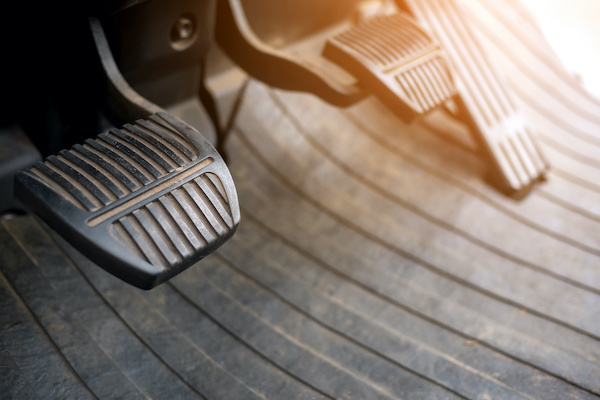
We all know the feeling of slipping on a new pair of snug-fitting sneakers, the comfort, traction, and support they offer. Well, let's imagine that your car wears sneakers and they are its brake pads. For your brakes to perform at their best, to be safe, provide good fuel economy, and prevent damage to the rotors and other components, the brake pads need to be in good working order.
How swiftly your brake pads wear rests on multiple factors including how and where you drive. If you are prone to fast-braking and drive in hilly terrains this will generally stress the brakes more. As such, it's difficult to give an exact mileage at which you should replace pads. The best practice as a driver is to learn the warning signs. Here are our top four alert signals that your pads need replacing.
1. Brake light on the dash illuminates
Some vehicles have a sensor fitted to the brake pads which cues a warning light on your dash when they are due for replacement.
2. Pads appear thin on inspection
As not all cars have a brake warning light, visual inspections can be crucial. Observe the pads through the wheel spokes, if they appear thinner than a quarter of an inch (around 3 mm) they're likely calling to be changed.
3. Brakes not performing optimally
Are your brakes not responding well? A brake pedal that feels like it's falling to the floor or has to be depressed completely to engage is both possible signs of worn brake pads. Watch out for leaking fluid when your car is parked. A leak of brake fluid can be an indicator the pads require renewal.
4. Brakes squealing or grinding
The sounds speak for themselves on this one. Both squealing and grinding noises indicate a likely wearing down of the brake pad's materials.
We'll let you decide when it's time to buy new sneakers, but if you suspect brake fade on your vehicle, perhaps it's best to check in with a professional. Bring your car into our auto repair shop for brake inspection and repair today!